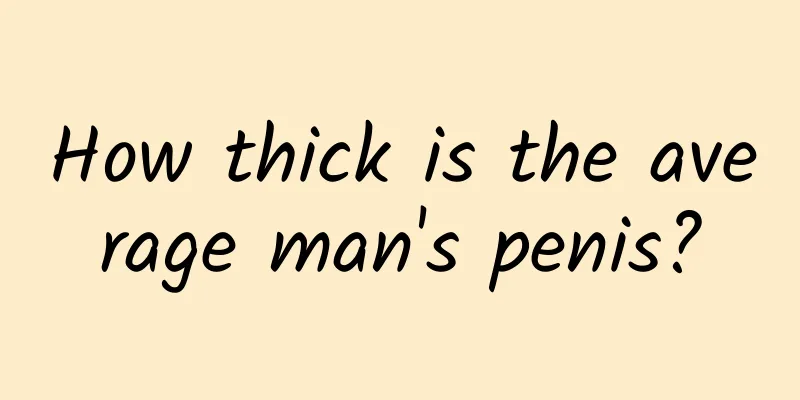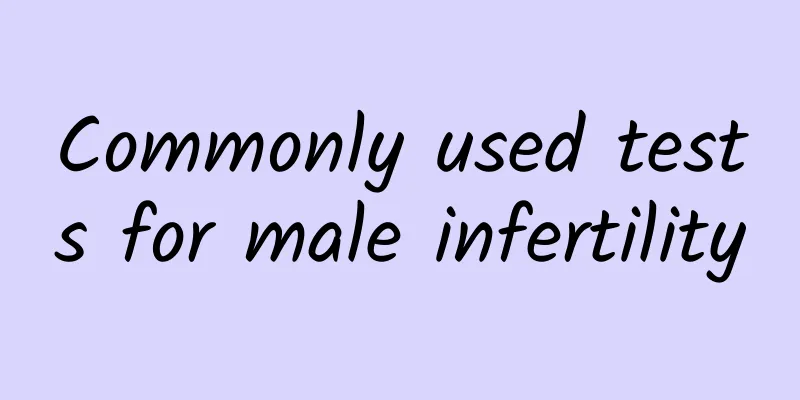What are the symptoms of an enlarged prostate?

|
Prostate enlargement is a disease that many male friends have suffered from. If the prostate is not well protected, it will easily cause the growth of bacteria, leading to prostate disease and affecting enlargement. Patients with prostate enlargement will have obvious obstruction in the urethra and will have obvious tingling sensation when urinating. At this time, it is necessary to check and treat it in time. Symptoms The prostate is a male sex gland organ that is about the size of a nut and is located above the bladder. The bladder stores urine produced by the kidneys, and the prostate acts like a collar around the urethra, a tube that carries urine from the bladder to the penis. [1] The symptoms of prostate enlargement are mainly manifested in the following aspects. 1. Obstructive, characterized by a thinning of the urine stream, so it takes a long time for the patient to urinate. In addition, the patient must stand for a while before starting to urinate, and the urine stream may be intermittent. 2. Irritability, including frequent urination, nocturia, and urgent urination. Most people can still tolerate it for one to two hours if they feel urine in their bladder, but patients with enlarged prostate need to go to the toilet immediately. Bloating and pain are also one of the irritation symptoms. Patients with prostate enlargement usually have early symptoms of increased urination frequency, which is more obvious at night. Over time, it can lead to congestion and edema of the bladder neck. Urinating becomes even more difficult. At this time, the prostate is filled with water and edema, making the urine stream thin and forked, and sometimes it does not form a line and drips out. In the later stage, if the amount of residual urine is equal to the normal bladder volume, urine will overflow automatically. (1) Frequent urination: The frequency of nocturnal urination increases, the interval between urinations becomes shorter, and the frequency gradually increases as the urinary tract obstruction progresses. (2) Discomfort when urinating: After urinating, there is dull pain in the urethra, or dripping urine, residual urine, or discomfort in the lower abdomen. (3) Thinning of urine stream: The ability to urinate is weakened, and glandular hyperplasia causes the edge of the urethral opening to become uneven, resulting in a thinner urine stream. |
<<: Does prostate puncture hurt?
>>: What are the treatments for male warts?
Recommend
What should you pay attention to after circumcision?
In life, it is very important for everyone to pay...
What are the measures to maintain male sexual function?
Male sexual function needs to be well maintained ...
Men with weak kidneys age quickly, so don’t miss these ten foods that nourish your kidneys!
As the saying goes, kidneys are the foundation of...
What are the causes of white particles on the testicular epidermis?
The cause of the white particles on the testicula...
How to change the dressing after circumcision surgery
After surgical treatment, the phimosis needs to b...
If a man has eye bags, does it mean he has kidney deficiency?
Whether male or female, eye bags are common. This...
High testicular temperature
The testicles are part of the male reproductive o...
What disease is the itching on the scrotum caused by?
The scrotum is a physiological system of men. It ...
Is bad breath caused by stomach heat or stomach cold? What is the difference between them?
We all know that after we eat something strong-ta...
Simple exercise method to treat premature ejaculation
Premature ejaculation is a symptom that is very c...
Clinical manifestations of penile curvature deformity
Nature is amazing. When organisms were created, t...
What can men eat to improve their sperm and kidneys?
For many male friends, kidney deficiency is a ver...
If you keep having these symptoms, it means you have liver depression and blood deficiency!
In traditional Chinese medicine, liver depression...
What should I do if I suffer from hair loss due to masturbation? How can I treat it?
Many people do not take sudden hair loss seriousl...
Male pubic hair turns yellow and dry
Men also attach great importance to pubic hair. A...









